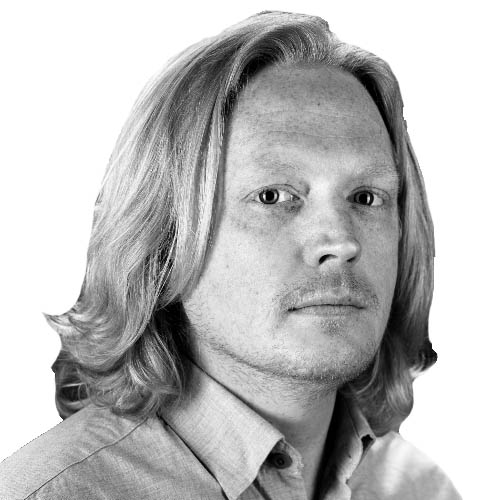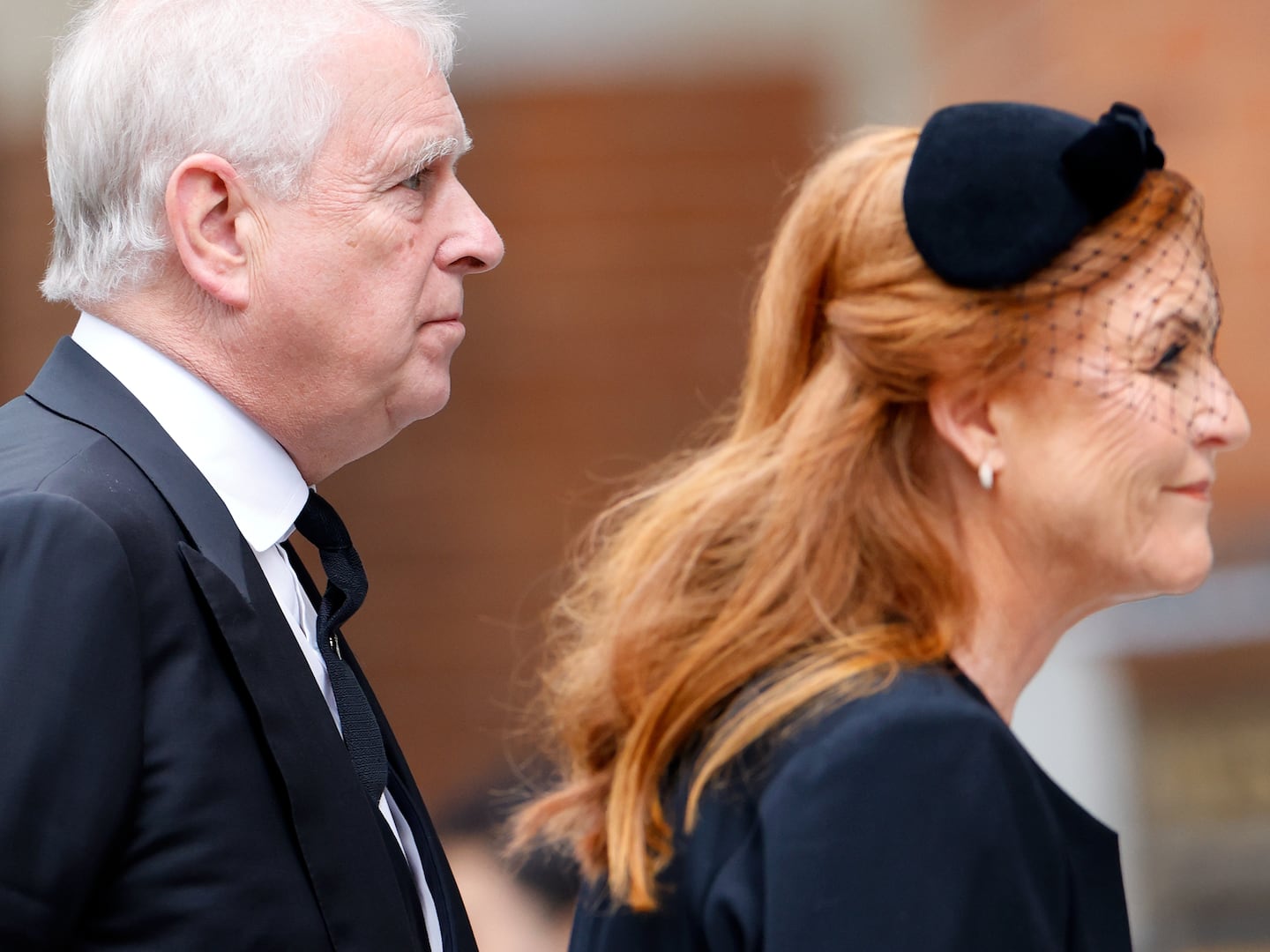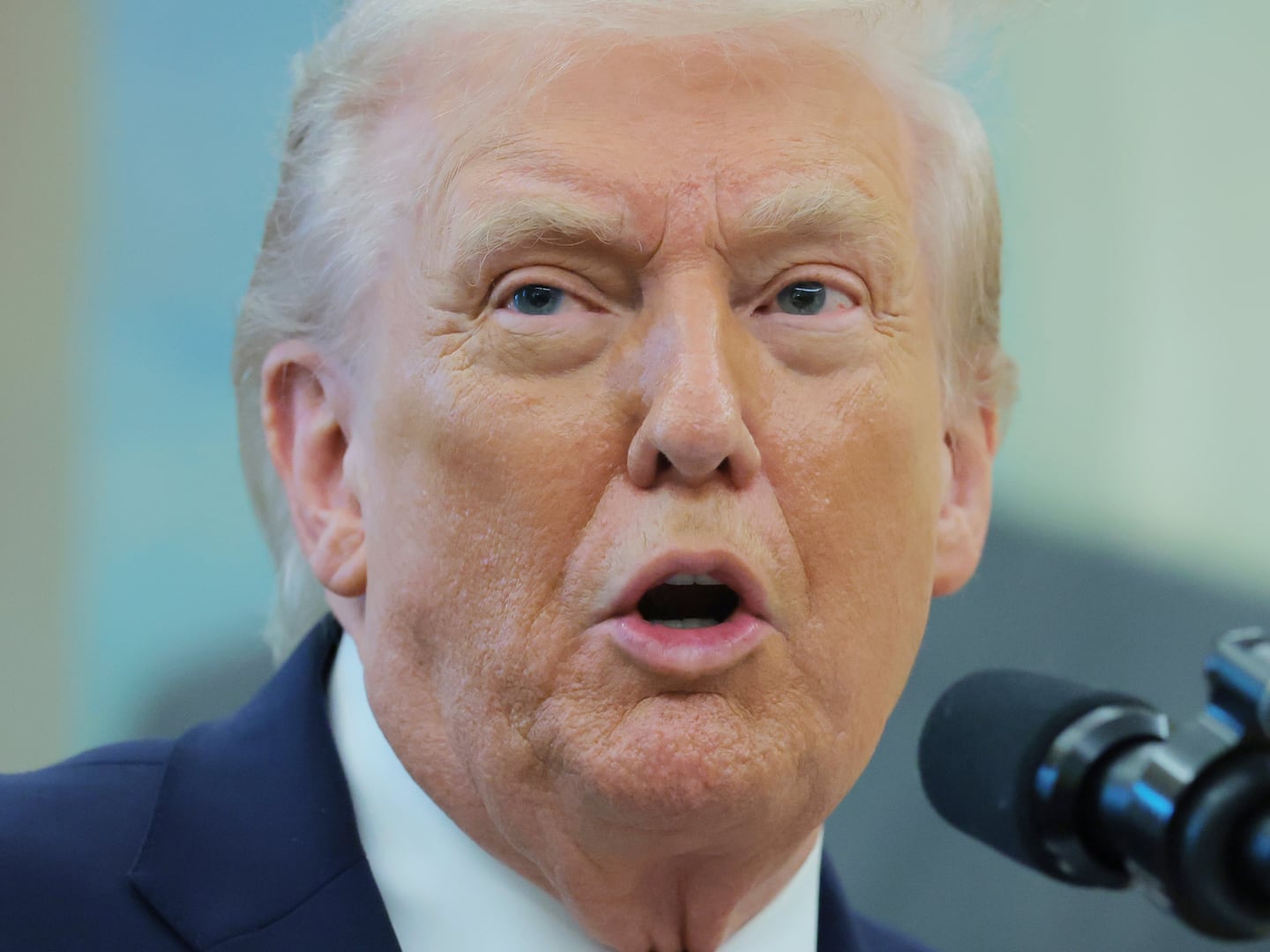FERGUSON, Mo. — After a day of mostly peaceful protests over the death of an unarmed black teenager on Saturday, young protesters and police clashed in the streets of Ferguson, Missouri, as the sun set on this St. Louis suburb that is increasingly becoming the focus of national attention.
The second night of unrest followed the Saturday afternoon shooting death of 18-year-old Mike Brown by a cop who, residents and neighbors say, fired between seven and 10 bullets into his body, killing him and setting off a chain reaction that has the potential to become a case of national interest rivaling the death of Trayvon Martin.

By 8 p.m. Monday, police had blocked off a larger portion of West Florissant Avenue, the scene of looting Sunday night and protests all day Monday. With many residents approaching from the north, police began firing tear gas canisters to disperse the crowd and prevent vehicles from advancing. As acrid and stinging smoke filled the air, some expressed the rage and indignation that has been brewing since Brown’s death. “What you gonna do, kill us all? This ain’t the South,” one man screamed at police. “All you motherfuckers, this ain’t the South.”
SWAT teams moved in and tear gas canisters were heard from the perimeter of what had essentially become a militarized zone. Hundreds of police swarmed the area while young African-American men taunted them and refused to go home. Others walked with their hands in the air, mimicking the gestures of someone showing they were unarmed. There were unconfirmed reports of police firing rubber bullets into the crowds.
In one video posted online by Antonio French, an alderman for the 21st Ward in St. Louis who was taking part in the protests, it appears a heavily armored policeman points a rifle briefly at the alderman and angrily waves him off.
Earlier in the day, Benjamin Crump, the attorney who represented Martin’s family, joined St. Louis-based attorney Anthony Gray and the Brown family at a press conference Monday evening. Packed into the humid worship room of the Jennings Mason Temple, Brown’s mother, Lesley McSpadden, and his stepfather, Louis Head, pleaded for peace, while simultaneously calling for answers regarding Brown’s death.

"We want justice for our son,” Head said.Prior to Crump’s press conference, Sabrina Webb, Brown’s cousin, made a similar plea in front of a gas station destroyed in Sunday night's madness.“Can you really fight the police with just a 9mm?” she begged, referencing the reports of shots fired between police and protesters on Sunday.Some in the crowd replied, “Yes we can!”But Webb, a voice of reason among some of the more boisterous speakers, did repeat an unconfined rumor that Brown had been shot as many as 10 times.“They emptied a whole clip into him,” she said. The police have said only that Brown was shot “multiple times.”
A popular story, and another cause of anger here, holds that Brown’s stepfather, immediately following the young man, went to a nearby store to make a sign claiming police had “executed” his son. When he returned, Brown’s body was still on the street uncovered. The claim by many is that for four and a half hours Brown stayed that way.
Also on Monday, the Federal Bureau of Investigation announced it would open an inquiry into Brown’s death, focusing on possible violations of civil rights.
Accounts of what led to the shooting differ. The only common element is that Brown was walking with another man when the pair were stopped by police. Some kind of altercation ensued, and Brown was killed.
The police say Brown went for the officer’s gun. Family members and community residents say he was shot in cold blood after escaping an officer’s arm around his neck, raising his hands to show he was unarmed.
Described as a “gentle giant” in a St. Louis Post-Dispatch story about the killing, local residents have expressed incredulity at the police’s version of events. The consternation has been exacerbated by a lack of statements from police about the specifics of the altercation, and their refusal to release the name of the officer involved. That continued today.
“The community is pretty unified about what happened,” said 33-year-old Christopher Phillips, standing near a pile of stuffed animals tumbled against a post: a makeshift memorial that marks where Brown was gunned down.
And in the middle of the street, since cleaned of Brown’s blood, are the words “I Am Legend” in red spray paint.

Following Crump’s press conference, black community members and the national director of the NAACP, Cornell Williams Brooks, held a town hall meeting at the Murchison Tabernacle CME Church. Brooks called for non-violent protests.
Echoing the description of Brown as peaceful, Brooks said, “If Mike Brown lived his life non-violently, then we can carry out our campaign for justice non-violently.”
But that theme of peace fell apart at the seams as night fell. With police blocking off a large stretch of West Florrisant Avenue, including the main protest area in front of the destroyed gas station where Webb spoke Monday afternoon, chaos ensued.
Like the clouds of tear gas on the avenue, rumors continued to sting and swirl as they have since Brown’s killing, but Webb, Brown’s other loved ones, and the community were no closer to having any answers.






